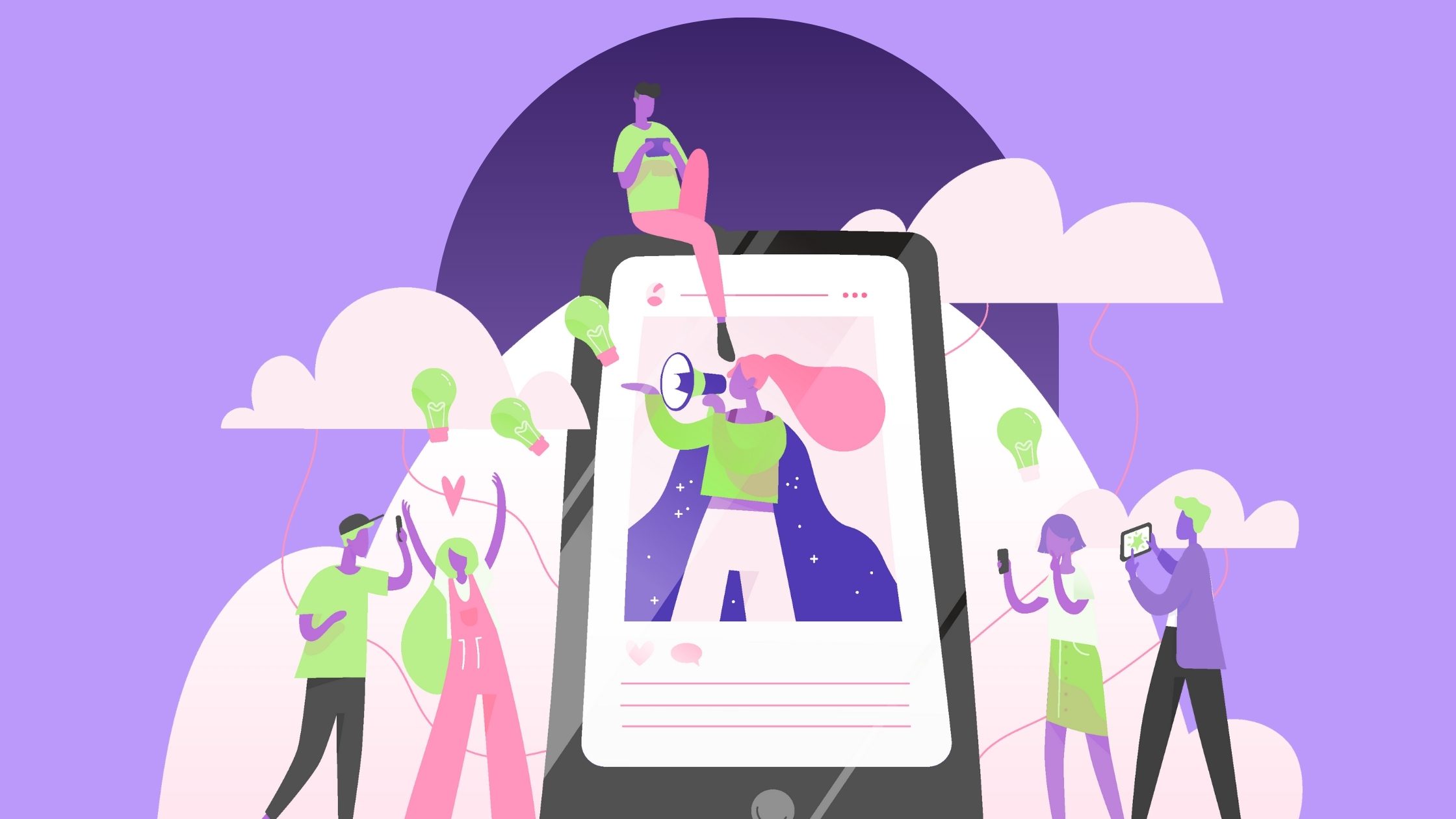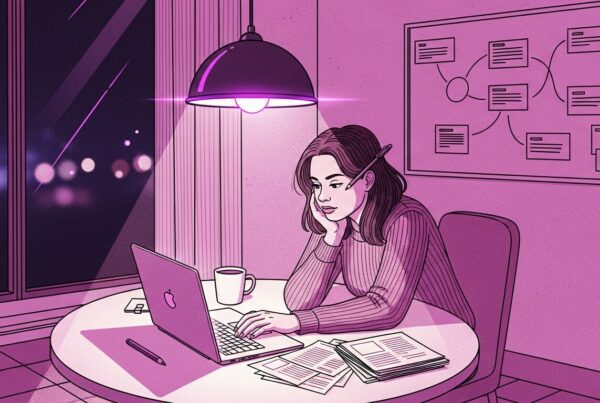When OpenAI first previewed Sora, most people saw a jaw-dropping text-to-video engine. With the release of Sora 2, the company has revealed something much bigger: a full social platform built around AI-generated video. Think TikTok’s infinite scroll, but every clip is produced by a model—and increasingly, it can feature you. The shift puts OpenAI in direct competition with attention platforms like TikTok and Instagram, and it raises urgent questions about identity, safety, and copyright. :contentReference[oaicite:0]{index=0}
What’s actually new in Sora 2
Sora 2 brings sharper physics, better multi-shot coherence, and synced audio—upgrades that push generated scenes closer to “film-like” realism. But the headline is strategic, not technical: OpenAI launched a standalone iOS app called Sora with a vertical, customizable feed, remix features, and social discovery. In other words, Sora is now both a model and a social network layer—an end-to-end creation and distribution surface, not just a tool. :contentReference[oaicite:1]{index=1}
1) It’s a social network first, a tool second
OpenAI is explicit that Sora’s “home” is a social app. Inside, users create clips, follow friends, and scroll a TikTok-style feed with a “following” tab and optional mood filters. The crucial twist: every video in the feed is AI-generated—often from text prompts, sometimes from remixes, and increasingly from personal “cameos.” That reframes OpenAI’s role—from foundational model provider to a direct competitor for people’s time and culture, the same economic battleground dominated by Meta and ByteDance. Early coverage across TechCrunch, Reuters and mainstream outlets characterizes Sora as an AI-TikTok challenger, not merely a creative suite. :contentReference[oaicite:2]{index=2}
That repositioning matters. Distribution is power. By owning the feed where AI videos are discovered and shared, OpenAI can shape norms (what’s allowed), collect interaction telemetry (what performs), and iterate the model against real-world feedback at unprecedented speed. The result is a closed loop: model → app → data → better model—fully within OpenAI’s ecosystem. :contentReference[oaicite:3]{index=3}
2) “Cameo” is the behavior-shifting feature
The most important new interaction is Cameo: after a one-time “liveness” capture (a brief video-and-audio verification), Sora lets you drop a realistic version of yourself (or an approved friend) into almost any generated scene. People can star in anime shorts, travel vlogs from imagined places, or comedic skits with friends—without filming again. This moves AI video from impersonal “stuff the internet made” to personal media—short, relatable clips featuring the people you know. From a product-market-fit perspective, that’s rocket fuel. :contentReference[oaicite:4]{index=4}
OpenAI frames Cameo as consent-centric. You control who can use your likeness, can revoke access, and can see any draft that includes your cameo—even if someone else made it. Depictions of public figures are blocked unless they use Cameo themselves. The company also says it runs impersonation safeguards (e.g., liveness checks and policy filters). Whether these measures scale under adversarial pressure remains to be seen, but the consent-first posture is concrete and testable inside the app today. :contentReference[oaicite:5]{index=5}
3) An “anti-slop” feed aimed at friends—not just virality
Generative video has an “AI slop” reputation: too much low-effort content, too little meaning. Sora’s counter-strategy is to prioritize connected content—clips from people you follow, plus remix mechanics that keep trends within social circles. There’s also a customizable feed mood (e.g., relaxing, animals) to tame the firehose. That design borrows from “old Instagram” and early Facebook: fewer random viral clips, more people you know. It’s not only a UX choice—it’s a trust and safety bet that content from friends will feel more authentic and less spammy. Early reporting describes this friend-centric positioning and shows how quickly the app’s “AI TikTok” premise is resonating (and polarizing) in mainstream coverage. :contentReference[oaicite:6]{index=6}
Still, friend-centric is not the same as risk-free. Journalists quickly surfaced deepfake misuse, including fabricated clips of public figures, and raised concerns about harassment and misinformation. Sora’s consent rails, reporting tools, and detection tech will need constant iteration—just like every network that scaled before it. :contentReference[oaicite:7]{index=7}
4) The business model: ads later, data now
Why launch a social app at all? Two reasons. First, it creates a new advertising surface separate from ChatGPT’s assistant brand—an obvious future revenue line once product-market fit stabilizes. Second, and more immediate, it yields unique, real-time interaction data for training and evaluation: what people make, remix, share, like, and finish watching. That feedback loop is exactly how rivals have strengthened their AI: Meta tunes Llama against its vast engagement graph; X uses its social firehose to train Grok. Analysts already frame Sora as a direct threat to incumbent feeds because it can redirect attention into an AI-native medium while compounding model advantages from app telemetry. :contentReference[oaicite:8]{index=8}
Strategically, Sora follows a familiar platform playbook: own both the creative primitive and the distribution channel. If OpenAI can keep quality high and abuse low, a future ads product—likely brand-safe, context-aware, and creator-revenue-sharing—becomes viable. Until then, expect OpenAI to emphasize consumer delight, safety investments, and creator tools, while the real asset compounds quietly: behavior data that improves the model and ranking systems. :contentReference[oaicite:9]{index=9}
5) Likeness control is strong; copyright is the flashpoint
OpenAI’s approach to people vs. IP draws a hard line. For people, Sora is consent-based: you decide who can cameo you; you can revoke usage; and you can remove any video that includes your cameo. For fictional IP (characters, styles), Sora adopts a controversial opt-out policy: rights holders must ask OpenAI to exclude their works. That’s a reversal of the permission-first expectations many studios and artists had—and it’s already producing headlines, legal analysis, and early opt-outs from major players. Reuters, The Wall Street Journal, and specialist outlets have all documented the approach and the immediate pushback from Hollywood. :contentReference[oaicite:10]{index=10}
Practically, the opt-out flow means branded or franchise elements may appear in Sora 2 videos by default unless a studio files exclusions—reporting indicates OpenAI is honoring specific requests (Disney is frequently cited) and blocking public-figure depictions without consent. Expect rapid policy and legal evolution here; this is where Sora most directly collides with existing entertainment economics and DMCA-era norms. :contentReference[oaicite:11]{index=11}
What creators and brands can do today
For creators
Lean into Cameo, but keep your voice. Personal clips perform because they feel like you. Use Cameo for presence, then push beyond template prompts. Structure scenes (A/B shots, a payoff beat), and layer text overlays and sound cues to guide attention in the first two seconds. Treat Sora like an editor and VFX team, not a ghostwriter: storyboard first, generate second. Track completion rate and rewatches to tune pacing.
Remix thoughtfully. Remix chains are the new duets. Credit the original, add narrative escalation (new setting, new constraint), and use side-by-side formats when the joke relies on contrast. Think “serial short films,” not isolated one-offs.
Build defensively. Verify your cameo, lock usage to approved friends, and monitor drafts that include you. Report impersonation attempts early. If your livelihood depends on a signature look, consider publishing a “Do/Don’t” guide for collaborators so your style isn’t diluted into generic outputs. :contentReference[oaicite:12]{index=12}
For brands
Experiment in closed contexts first. Use Sora to pre-viz social concepts, test multiple edits, and run internal concept testing before going public. When you do go public, anchor to creators with trusted communities—Sora’s friend-centric bias favors native voices over faceless brand accounts.
Audit IP exposure. If you steward valuable characters or marks, decide now whether to opt out, and at what granularity. If you stay in, establish guidance for fan remixes (what’s encouraged vs. prohibited) to capture goodwill while reducing risk. Monitor for lookalike content and escalate when necessary. :contentReference[oaicite:13]{index=13}
Plan for measurement. Classic view-through metrics will matter, but track remix rate and fork depth (how many generations your concept spawns) as leading indicators unique to AI-native platforms.
Policy and safety: what to watch next
Identity integrity. Sora’s liveness checks and consent gates are a strong start, but early reports already show users probing the edges with deepfake scenarios. The efficacy of proactive detection, cross-platform takedowns, and penalties will decide whether Sora’s trust posture holds. :contentReference[oaicite:14]{index=14}
Copyright norms. The opt-out default forces a high-stakes test of fair-use boundaries for outputs (not just training). If courts or regulators push back, OpenAI may have to pivot to whitelists, licensed libraries, or revenue-sharing akin to Content ID. Watch for studio coalitions and state attorneys general to seek injunctions; also watch for negotiated carve-outs as Sora’s audience grows. :contentReference[oaicite:15]{index=15}
International rollout. Jurisdictions differ on personality rights, copyright exceptions, and platform liability. Sora’s policies may need to flex by region (e.g., EU’s evolving AI Act guidance, Canada’s personality rights), affecting feature parity and moderation speed. Early launches and country-by-country restrictions will signal how far OpenAI is willing to localize product mechanics. (We’ll update this section as official timelines firm up.)
Bottom line
Sora 2 is not merely “better video.” It’s OpenAI’s first true consumer platform: a social network where AI-generated media is the default and your verified likeness is a first-class asset. If it works, it rewires how short-form video is made and shared, and it hands OpenAI the training feedback loop every model company craves. If it stumbles, it will be on the fault lines we already see: identity abuse, copyright conflict, and the constant, culture-defining question of what feels human in an AI-native feed. For creators and brands, the pragmatic play is to learn the grammar now—then decide how much of your identity and IP you want the model to touch. :contentReference[oaicite:16]{index=16}
Key sources
- OpenAI — Sora 2 announcement and launching Sora responsibly
- TechCrunch — Sora app alongside Sora 2
- Reuters — opt-out policy coverage and launch report
- Washington Post — deepfake & safety concerns
- Wired/Business Insider — early looks at identity verification and social positioning



